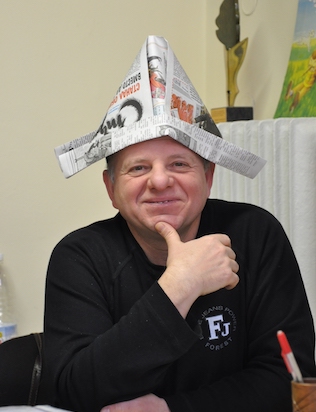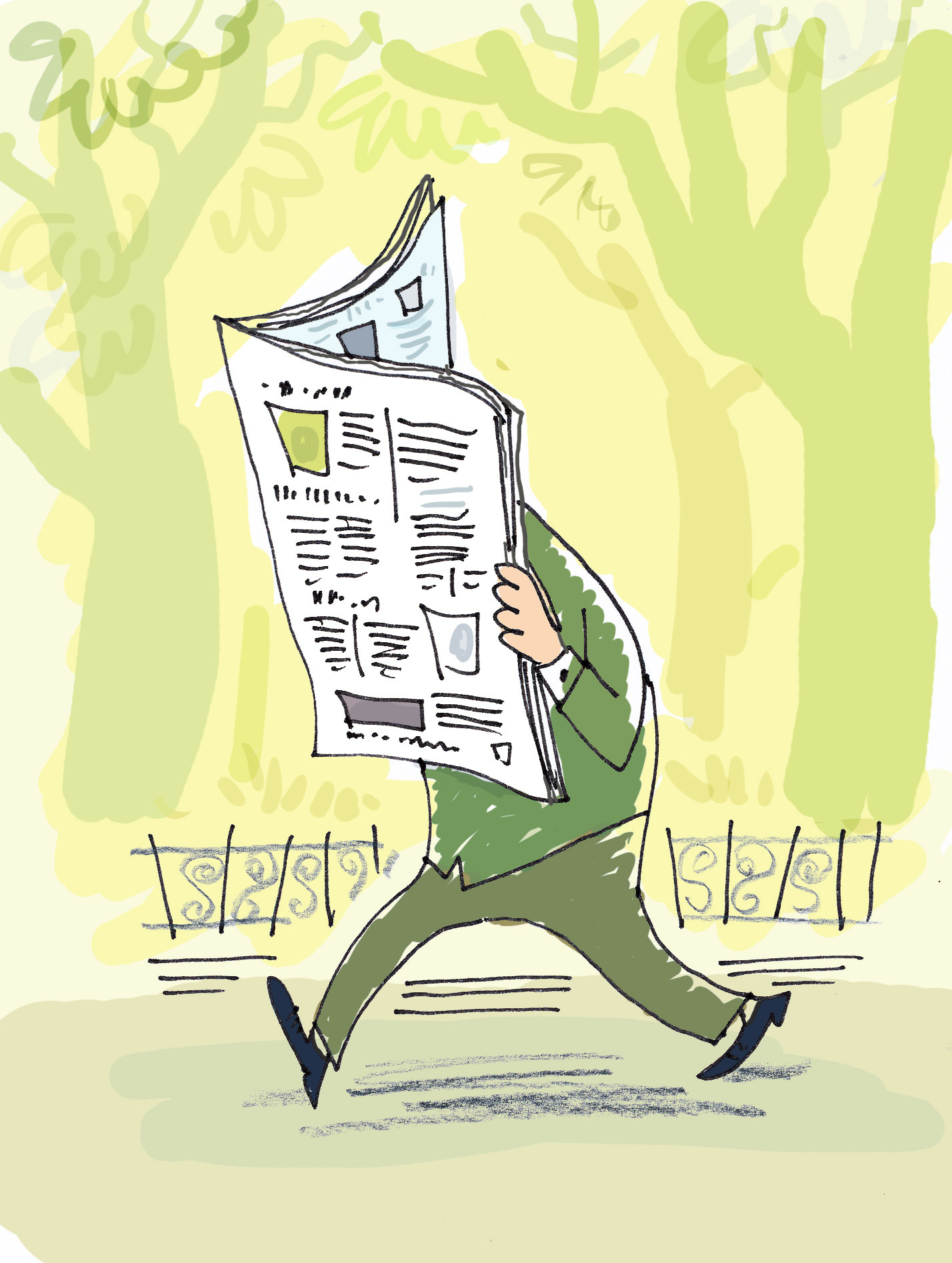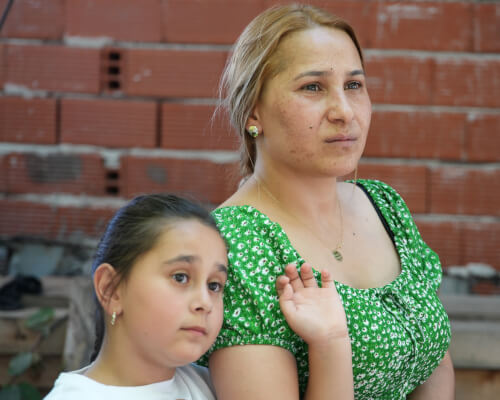By Mihail Veshim
 Polish aphorist Stanisław Jerzy Lec once wrote, “The window to the world can be shaded with a newspaper.” He was referring to the days of the ideological “curtain,” when newspapers were full of speeches from high-level Party meetings, reports, and worker-hero stories. A popular Russian joke in those years poked fun of the names of major Soviet newspapers, claiming that “there is no news in Justice and no justice in News.”
Polish aphorist Stanisław Jerzy Lec once wrote, “The window to the world can be shaded with a newspaper.” He was referring to the days of the ideological “curtain,” when newspapers were full of speeches from high-level Party meetings, reports, and worker-hero stories. A popular Russian joke in those years poked fun of the names of major Soviet newspapers, claiming that “there is no news in Justice and no justice in News.”
Today we have justice (and supposedly freedom) of the press, but it is only on paper, and this paper isn’t even fit for wrapping. In the past, when you ordered fish and chips “to go” in England, they’d wrap them up for you in a newspaper. If they wrapped them in the Times, Guardian, or Independent, it would not affect the quality of the food. If they wrapped them in the Sun, they might turn yellow, but they would still be edible. But wrap a simple sandwich in a Bulgarian newspaper, and it will get moldy with gossip and pop folk and start reeking of tall tales and sensations.
Modern Bulgarian journalism spoils not only food, but also the entire media experience. I don’t understand why the Health Ministry puts warning labels on cigarette packs, but none on newspapers. There should be a warning on every copy, ideally on the front page: “Reading newspapers kills brain cells” or “Tabloids cause hallucinations, anxiety disorders, and incontinence!” There should also be pictures of mental patients to drive the message home.
When you go into the store to buy cheese, you read the labels first; some say “cheese,” others—“cheese substitute.” There are no labels in Lafka: everything on the newspaper stand pretends to be a newspaper. But buy one, open it—it’s a newspaper substitute! Buy a second one—you get a newspaper-substitute substitute! Or you will get to pages reeking worse than ripe cheese.
French President General Charles de Gaulle once said that it was not easy to run a country that has over three hundred types of cheese. It is much easier to rule a country with only one type of journalism—journalism substitute. A decade ago, there was a German newspaper publisher in Bulgaria who was honest with his staff, “The journalist’s job,” he said, “is to fill the space between the ads.” An honest man. In other words, journalism’s job is to fill gaps—not just those between ads, but also those between politicians and the people they rule. A publication that fills gaps more smoothly gets more funding. From whom—the government, of course! It giveth and it taketh away…
 The EU mandates that food labels list the content of products: how much fat, protein, carbohydrates, additives, colorants, stabilizers, preservatives, etc., there are. There are no such requirements for newspapers. The reader must decide for himself which article is too fatty and whom it caters to, which report is sweet and how much the author got paid for it, what colorants were used and why. Some publications are overflowing with additives. When you open them, you’re bound to exclaim, “It’s too much!”
The EU mandates that food labels list the content of products: how much fat, protein, carbohydrates, additives, colorants, stabilizers, preservatives, etc., there are. There are no such requirements for newspapers. The reader must decide for himself which article is too fatty and whom it caters to, which report is sweet and how much the author got paid for it, what colorants were used and why. Some publications are overflowing with additives. When you open them, you’re bound to exclaim, “It’s too much!”
What about TV? There is a correlation between the flatness of TV screens and the flatness of TV programs. TVs are getting smarter and smarter, while programming is getting simpler and simpler. We have LED devices, yet none of what we get on them is very bright.
Going back to Lec’s aphorism, I might add, “The window to the world can be shaded with Windows. With websites and social networks. And Facebook often sounds like Fakebook.”
So how does one cope in these murky times for media? How to tell real from fake news?
A friend relies on a dog, one of those truffle-hunting dog breeds. It’s never wrong. My friend will turn on the TV and the dog will listen wagging its tail. When it hears fake news, it goes: “Bow-wow!” When it hears a big lie, it will howl.
You could get a dog like this. Only problem is: PETA will be upon you faster than you can say “fake media.”
Mihail Veshim is a celebrated Bulgarian novelist, screenwriter, and journalist known for his sharp pen and infectious sense of humor. He has published more than 15 books, and his work has been included in an anthology of world humor.
Image 1. Mihail Veshim
Image 2. “A Media Tale” by Ivaylov Ninov

